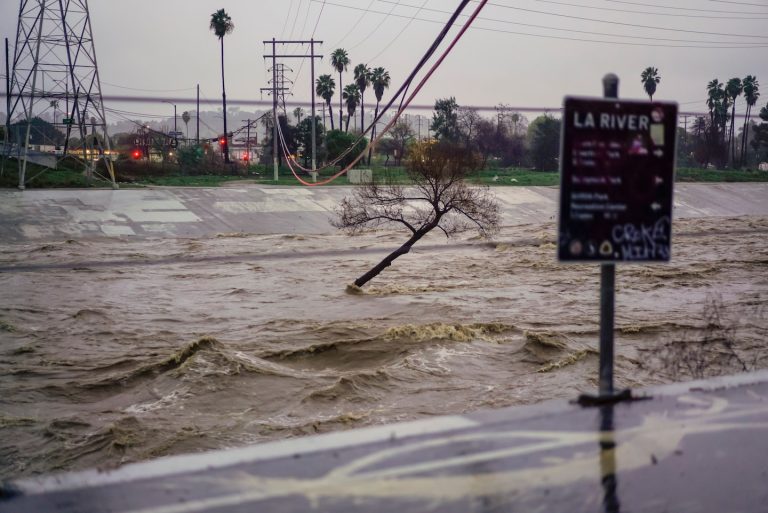The development of La Niña will have serious consequences for the weather in the United States and around the world. It could also slow the rapid global warming that began about nine months ago, when El Niño first began to appear.
La Niña is known for promoting active and destructive hurricane seasons in the Atlantic Ocean, as well as promoting dry conditions in Southern California and the Southwest.
It also tends to be subject to global temperatures. Although this would not reverse the decades-long rise in the planet's warmth, it could mitigate the extreme levels of temperature rise that scientists have recently observed.
Last month was Earth's warmest January on record, the eighth straight month with record global temperatures. It marked the end of a 12-month period during which the planet reached a long-feared level of warming: 1.5 degrees Celsius (2.7 degrees Fahrenheit) above the 19th century historical average, before widespread consumption of fossil fuels.
What do La Niña and El Niño mean?
Whether the Earth's climate is under the influence of La Niña or El Niño depends on conditions along the equator in the Pacific Ocean.
When the normal trade winds that flow from east to west become weak or even recede, warm water collects along the surface of the central and eastern Pacific Ocean, presaging El Niño and setting off domino effects on weather around the world. This could include wetter than normal conditions along the southern part of the United States, including southern California, diminished hurricane seasons in the Atlantic, and droughts and fires in Indonesia and South Africa.
It was named after the Christ Child in Spanish because fishermen had long noticed its tracks off the coast of Peru around Christmas time.
During La Niña, Pacific trade winds push warm water westward. The result is wetter than normal weather on the western side of the Pacific Ocean, as well as in southern Alaska, the northwestern United States, and the northern Plains. La Niña tends to encourage dry, mild conditions in the southern United States when it typically peaks in the winter months.
What climate scientists expect in the coming months
Warmth in the eastern, eastern and central Pacific Ocean waned in January, as did the wind pattern associated with El Niño, National Weather Service meteorologists said Thursday. On the other hand, climate prediction models indicate that El Niño will continue to weaken during the spring months.
They expect there to be a 79% chance of “neutral” conditions – meaning the absence of El Niño or La Niña – sometime between April and June.
Scientists noted that it may be difficult to predict how El Niño or La Niña will behave during the spring months, because patterns tend to shift at that time, making it difficult to detect trends. But a rapid transition to La Niña is common after historically strong El Niño episodes, such as the one now coming to an end.
No matter how quickly it weakens, El Niño will likely continue to drive global weather patterns for months to come.
“Even with the current weakening of El Niño, impacts on the United States could continue into April,” meteorologists wrote.
What the shift to La Niña could reveal
Scientists will be watching closely how the shift from the planet-warming El Niño pattern to the cooling effect of La Niña could affect global average temperatures. It can help show the answer to a very important question: Is the rate of global warming and climate change accelerating?
A shift to La Niña will likely moderate global temperatures in 2024 and prevent them from exceeding 2023, which marks a surprising new peak in global warming. That would support a theory that 2023 was an El Niño-induced “bright spot” in what would otherwise have been a flat trajectory of global temperatures, said Gavin Schmidt, director of NASA's Goddard Institute for Space Studies.
But if 2024 turns out to be warmer than scientists might expect, given the presence of a La Niña pattern, that could actually “add to the evidence that something systemic has changed,” Schmidt said in an email.
Climate shifts also provide more data and opportunities to learn how global warming may affect El Niño and La Niña. Climatologists don't have a definitive answer yet, but they suspect that the frequency of strong El Niño and La Niña events is likely to increase over the next century.

